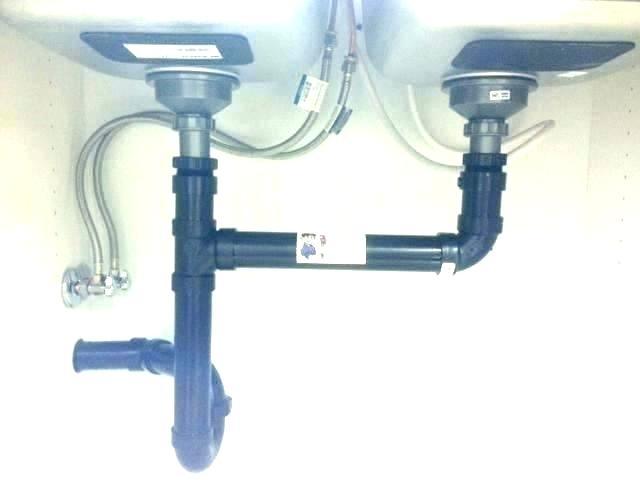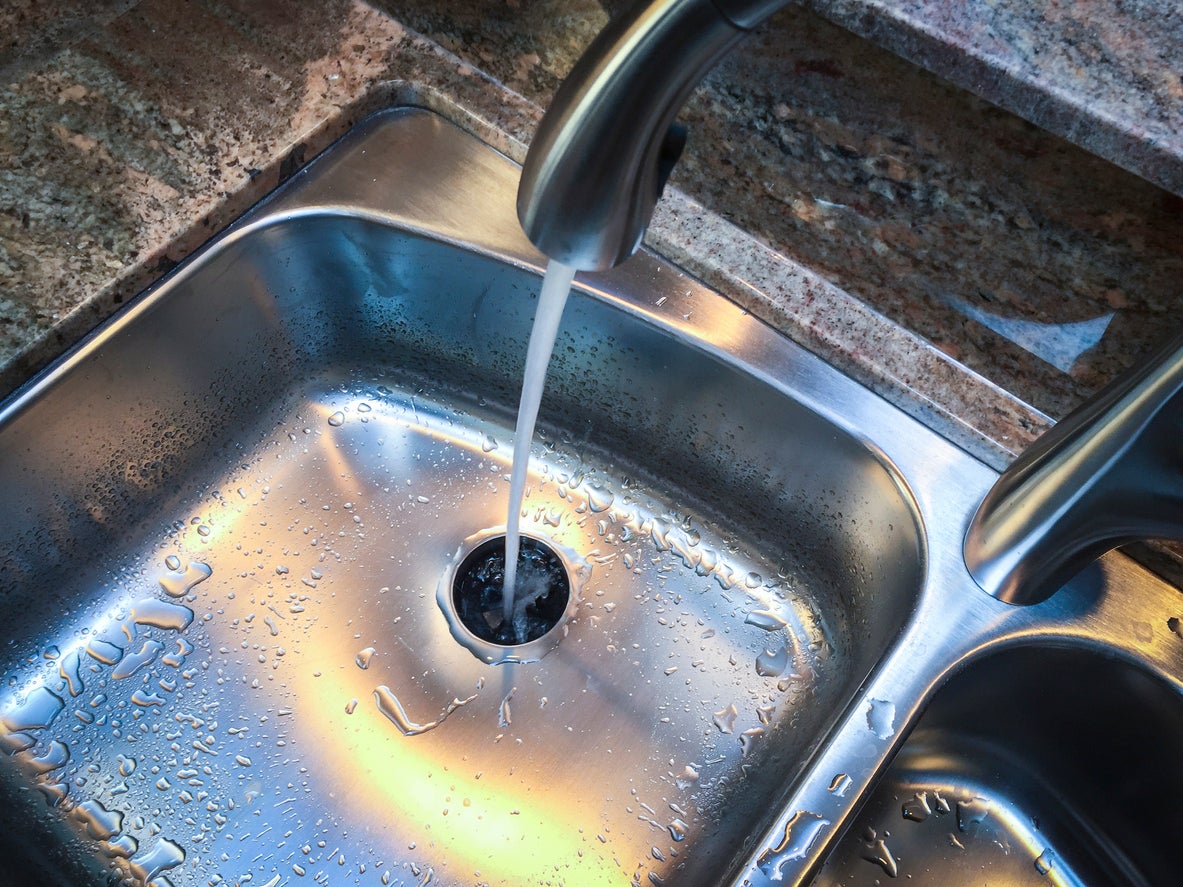Recommended Methods for Resolving a Leak in Your Garbage Disposal
Recommended Methods for Resolving a Leak in Your Garbage Disposal
Blog Article
We have noticed this great article on How to fix a pretty consistent leak from my garbage disposal below on the net and reckoned it made sense to share it with you here.

Garbage disposals are important kitchen appliances that help in throwing away food waste successfully. However, a dripping waste disposal unit can be a discouraging and untidy problem to manage. Luckily, numerous leaks can be dealt with quickly with a few simple actions. In this write-up, we will certainly talk about exactly how to take care of a leaking waste disposal unit efficiently.
Intro
Garbage disposals are set up under cooking area sinks and are developed to shred food waste right into smaller pieces, permitting it to pass through the pipes system quickly. While these tools are generally trustworthy, leaks can take place over time because of damage, loose connections, or damage to the system.
Step-by-Step Overview to Fixing a Leaking Garbage Disposal
Shut off the Power
Prior to trying any kind of repair work, make certain that the power to the garbage disposal device is switched off to avoid the danger of electrical shock.
Find the Leakage
Determine the exact place of the leak and figure out the reason
Tighten Connections
Make use of a wrench to tighten any type of loosened links between the disposal unit and the plumbing system.
Change Seals or Gaskets
If the leakage results from worn seals or gaskets, eliminate the old parts and replace them with new ones.
Patching Cracks or Holes
For splits or holes in the disposal unit, usage epoxy or an ideal patching product to seal the broken location.
Determining the Source of the Leakage
Before attempting to fix a dripping waste disposal unit, it is important to determine the resource of the leak. This can commonly be done with aesthetic inspection or by carrying out easy tests.
Visual Inspection
Inspect the garbage disposal system thoroughly for any signs of water leak. Pay close attention to areas around seals, gaskets, and link factors.
Testing for Leakages
One means to test for leakages is by running water via the disposal device and looking for any kind of visible signs of leak.
Typical Causes of Leakages in Garbage Disposals
Worn Seals and Gaskets
Seals and gaskets play a crucial duty in protecting against water from dripping out of the waste disposal unit. Gradually, these parts can weaken, resulting in leaks around the disposal system.
Loose Connections
The connections between the garbage disposal and the plumbing system can become loose gradually, triggering water to leak out throughout procedure.
Fractures or Openings in the Disposal Unit
Physical damages to the waste disposal unit, such as splits or holes in the housing, can also result in leaks.
Devices and Products Needed for Repairing a Leaking Waste Disposal Unit
Prior to starting the fixing process, collect the needed devices and products, consisting of a screwdriver, flexible wrench, plumbing professional's putty, substitute seals or gaskets, and epoxy or patching product for fixing fractures or holes.
Evaluating the Garbage Disposal After Repair Service
When the repair service is complete, check the garbage disposal by running water through it to make certain that the leakage has been dealt with.
Preventive Upkeep Tips to Prevent Future Leaks
To stop future leaks, it is essential to carry out normal maintenance on your waste disposal unit. This includes maintaining it clean, staying clear of putting non-food products or tough items down the disposal, and occasionally looking for leaks or other concerns.
Conclusion
To conclude, dealing with a leaking garbage disposal is a reasonably uncomplicated process that can be completed with basic tools and materials. By complying with the actions laid out in this article and practicing preventive maintenance, you can keep your garbage disposal in good working condition and stay clear of pricey fixings in the future.
What to Do About a Leaking Garbage Disposal
A leaking garbage disposal often goes unnoticed until you confront a sopping cabinet, a foul-smelling puddle, or an audible drip-drip-drip from the unit. The fix can be frustrating, too, because the leak can stem from a number of components in the system. Fortunately, with a little sleuthing, you can zero in on the leak and—depending on the exact location—stop the icky oozing and repair the component that caused it. Worst case scenario, if it turns out that the garbage disposal must be replaced, installing a new one is a reasonable do-it-yourself task for those with basic plumbing skills. Read on to keep the cash you’d otherwise hand over to a pro.
Prepare to find the leak
Prior to testing the garbage disposal for leaks, unplug it at the wall outlet and turn off the power from the breaker box to prevent electrical shock. Then insert a watertight sink stopper into your sink drain and wipe the unit dry with a clean cloth. In any handy container, mix a few drops of food coloring into a few cups of water, and pour the dyed water onto the sink stopper to help you locate the leak.
Investigate the source
the top, where the disposal meets the sink drain the side, where the dishwasher hose or main drain pipe connects to the disposal or the bottom of the unit Inspect each of these locations while gliding a light-colored rag over the unit; the dyed water will readily show on the rag and reveal the location of the leak. If a leak isn’t immediately apparent, remove the sink stopper and pour a few more cups of dyed water down the sink drain, then check for leaks again. Leaks near the top of the unit are more likely to show themselves while the sink is plugged, while side and bottom leaks are more noticeable while the sink is unplugged.
The metal sink flange that sits directly inside the sink drain is typically sealed around the top with plumber’s putty (a clay-like sealant) and then secured from under the sink with bolts. If the plumber’s putty deteriorates, or the bolts loosen, the flange can no longer form a watertight seal between the sink drain and the disposal—which could cause a leak at the top of the unit.
To reseal the leaky flange, you must first detach the garbage disposal. Start by loosening the screws securing the main drain pipe to the disposal, then loosen the screws in the metal clamp securing the dishwasher hose to the disposal and detach the drain pipe and dishwasher hose from the disposal. Loosen the screws in the mounting ring that connects the disposal to the metal mounting assembly beneath the sink, then pull down the disposal and carefully set it on a clean, dry surface. Loosen the bolts in the mounting assembly with a wrench, then pull down the mounting assembly and set it near the disposal.

Do you appreciate reading up on How to fix a pretty consistent leak from my garbage disposal? Put a comment further down. We will be delighted to know your thoughts about this piece. In hopes to see you back again before long. In case you liked our article please do not forget to pass it around. Kudos for your time. Please come visit our website back soon.
Call Today Report this page